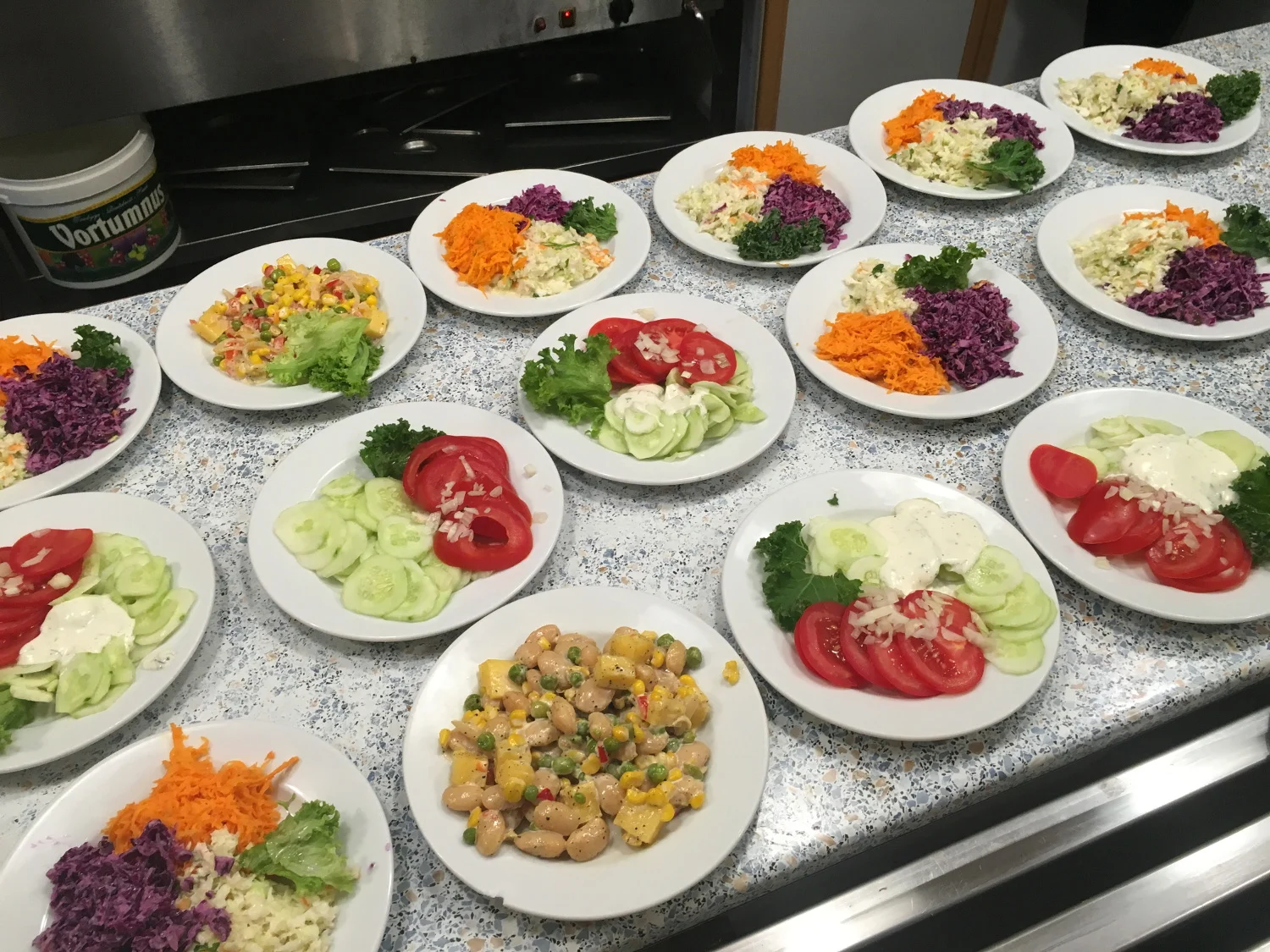City Guide to Krakow, Poland: Part 2 | Traditional Food
Disclosure: We may receive a commission for links on our blog. You don’t have to use our links, but we’re very appreciative when you do. Thanks again for your support, we hope you find our posts and information helpful!
In our research and preparation for our trip to Poland, which included a visit to both Warsaw and Krakow, we learned about Polish Milk Bars. Known as Bar mleczny in Polish, milk bars originated in the late 1800s as government subsidized eateries for workers and they flourished after World War I and then again after World War II. During the Communist era that followed WWII, milk bars were subsidized by the government and became an affordable way to eat out. As many things do, Milk bars have seen a recent resurgence in popularity, among locals and visitors alike. Some things are the same; they're still subsidized by the government, so meals are inexpensive and portions are large. Although, some things are quite different; they used to only serve milk-based dishes, but you can now find a larger variety of traditional polish food served, including meat dishes.
When you visit a milk bar for a traditional Polish food experience, don’t be surprised by the cafeteria style eatery and possible lack of English spoken by the cashier. Most milk bars have kept their traditional beginnings and aren’t likely to cater to tourists. Which, in our opinion, even more of a reason to experience it! Having a translating app on your phone will come in handy, as menus are posted on the wall and rarely have English translations. Portions are large and dishes are inexpensive, so you’re likely to walk away spending less than $5 for a filling meal.
Our Experience at a Polish Milk Bar
We choose to have dinner at Bar Mleczny ‘Pod Temidą’ (Grodzka 43, 30-962 Krakow, Poland) after a day of sightseeing. The line was nearly out the door and everything we’d read about the interior of a milk bar was spot on. The menu was posted on the wall and included many traditional and inexpensive dishes. There were two rooms packed with tables for guest seating that were filled with locals and tourists. Since we’d chosen a milk bar in Old Town, it was a bit more ‘tourist-friendly’, as the menu was translated into English and the employee taking orders spoke English as well. So, while we had our phone and translating app ready to go, we were able to do without it.
Ordering
We stepped aside to determine what we were going to order, and rather than memorize it, or stammer through trying to pronounce it to the woman taking orders, we wrote it down. We highly recommend this approach, as the couple in front of us had trouble ordering and the employee didn’t have much patience in helping them (line out the door, remember?!). We presented our written order to her, and she smiled and seemed to appreciate it.
Here’s what we ordered:
- One Zurek Z Kielbasa Ziemniakami I Jajkiem (Sour soup with potatoes and egg)
- One Bigos Domowy (Traditonal Polish stew with chopped meat, sauerkraut, and shredded cabbage)
- One Pierogi Ruskie (Pierogi are traditional Polish Dumplings, and Ruskie is a variety that’s filled with mashed potato, onion, and cheese)
Receiving Our Food
After we ordered, we continued to stand in line, and in true cafeteria style, it took only a couple of minutes for our food to be served after our order was given to the kitchen. Therefore, the food was certainly not cooked fresh upon ordering, but it was quick to be served. Between ordering and reaching the cashier, we grabbed a tray and collected our food. The cashier rung us up for our order, however we realized we were missing an item. It took us a bit to communicate that we were missing a soup, since the cashier didn’t speak English, but eventually we figured out that the couple ahead of us had mistakenly grabbed it as part of their order. Once everything was sorted out, our order came to less than $4.00 for three dishes. The atmosphere while ordering is fast paced, as the line is long and employees are trying to move you through quickly, so remember to pay close attention to your order!
The Food
Three dishes may not seem like much, but for us, it was plenty of food! The dishes were traditional and quite hardy and filling. They weren’t exactly homemade with the special touches we may have gotten if we’d ordered similar dishes in a fine dining restaurant. However, for a quick, budget and/or traditional/nostalgic meal it is a perfect option!
Final Thoughts
We wanted a traditional Polish food experience and that’s what we got! Based on the history of milk bars as cafeteria style eateries with inexpensive food options for the working class, milk bars probably haven’t changed that dramatically in our opinion. Don’t expect the most nutritious food or best example of food plating, but it may have a place and serve a purpose depending on your budget and/or the experience you’re after. If we could do it over again, we’d likely have ventured out of a tourist area to get an even more authentic milk bar experience. If you’re up for the adventure to do the same, be prepared, and brush up a bit on your basic Polish skills!





